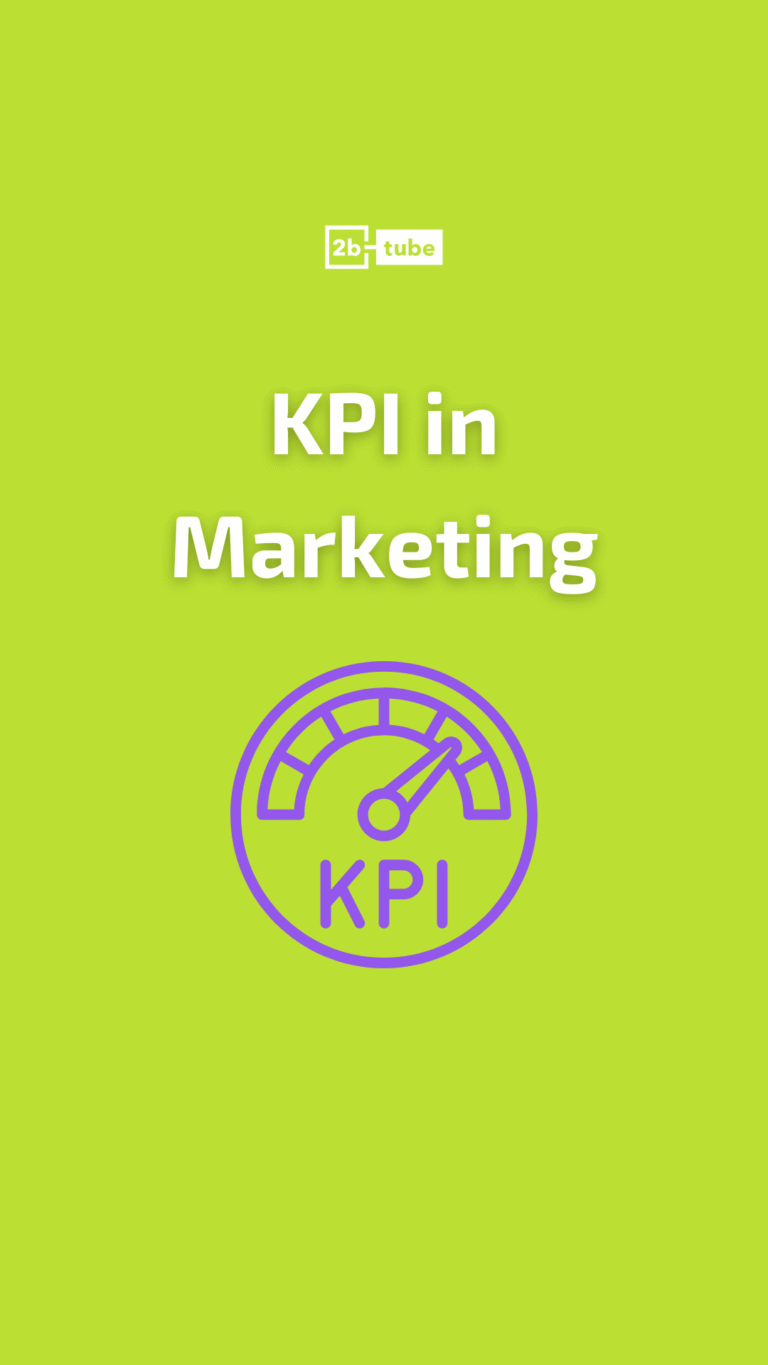In an environment where brands struggle to capture a few seconds of attention, user experience (UX), as it is also known by its acronym in English, has become a decisive competitive advantage.
It is not just about a website being aesthetically pleasing, but about how it guides the user and how it responds. UX is not just visual design, it is strategy, and that is why it is important to understand the concept of user experience (UX) in depth. Find out more about how you can implement it in your marketing plan and improve your results.
What is User Experience (UX) Really?
UX or user experience encompasses all the perceptions, emotions, and responses that a user experiences when interacting with a digital product, service, or system. It is not a new discipline, but it is now more important than ever, due to massive digitization and online hypercompetition.
Today, the consumer not only expects an intuitive interface, they expect you to understand them even before they know what they need, that is the essence of UX: anticipate and adapt. UX is navigation, it is usability, it is information architecture, it is micro copy. It is everything that builds (or destroys) the user’s journey in the conversion funnel.
Why Does Marketing Need to Understand User Experience UX?
Marketing and UX should not be separate departments. Increasingly, their objectives are intertwined and include conversion, loyalty, customer satisfaction, friction reduction, and less dependence on retargeting when attracting a customer… The difference between a brilliant campaign that converts and one that does not, is usually in the experience.
To understand it a little better, here are some practical examples:
- A landing page that loads in 1 second but does not convey confidence translates into failure.
- A well-structured funnel but with confusing forms implies abandonment by the user.
- A brand that impacts on networks but fails to retain traffic is an absent UX.
Marketing teams must stop seeing user experience as something technical or design-related, and start seeing it as a strategic variable directly linked to ROI.
This will contribute to different strategies such as sales, to monetize social networks or even performance marketing, having a greater chance of success.
Principles that should Guide any User Experience UX Decision
Although each project has its context, there are principles that act as a beacon in any digital experience optimization:
- Consistency: a coherent experience reinforces trust. Same style, same answers, same routes.
- Clear visual hierarchy: the user needs to understand what is important at a glance.
- Speed and performance: digital patience is scarce. Every second of loading counts.
- Accessibility: designing for everyone is not an option, it is a responsibility.
- Thoughtful microinteractions: a “hover” or a well-executed animation can be the detail that makes the difference.
- Close and useful language: every word in an interface has to serve a purpose.
UX is, at its core, a way of showing respect for the user’s time and attention.
Clear Signs that your UX is not Working
There are indicators that do not deceive. If you detect any of these symptoms, it is very likely that the user experience (user experience UX) on your website needs a review:
- High bounce rate on key pages.
- Forms with a low completion percentage.
- Many visits but few conversions.
- Users who return… but do not interact.
- Comments of the type “I didn’t find what I was looking for” or “I didn’t know where to click”.
It is not about doing A/B tests without criteria or redesigning by intuition, it is about diagnosing the real journey of the user, understanding their frictions and redesigning from empathy, not from the ego of the brand.
Tips for Creating a Good User Experience UX on your Website
An effective user experience is not improvised, it must be designed with intention and with a thorough knowledge of digital behavior. For this you have to respect the times, the attention and the emotions of the user.
So that you can improve the usability on your website, we share some key recommendations to generate a good connection with the user:
1. Prioritize Clarity
A surprising design can attract attention, but if it is not understood in seconds, it is more likely to fail. The navigation, therefore, must be intuitive, the buttons clear and the messages direct.
It is not about eliminating the personality of the brand, but about finding a balance where form and function work together.
2. Base your Decisions on Evidence
Before modifying a flow or redesigning an interface, it is advisable to collect real information about how users navigate and create a brief that functions as a basis for the changes that are going to be made.
Some of the tools that we will see below, such as heat maps or usability tests, will allow you to identify specific obstacles.
3. Take Care of Every Small Decision of the User
It is important to emphasize that the user experience UX is played in the details: in the text of a button, in an error message or in a well-thought-out transition.
Each of these interactions can add (or subtract) in the general perception of the user. Therefore, it is convenient to focus on them, even if a priori they may not seem the most important point of the journey.
4. Ensure Consistency on all Devices
A good experience on desktop does not guarantee a good experience on mobile. Adapt not only the design, but also the priorities. Ask yourself what the user needs in that specific context and adapt the content, the visuals and the messages to each space.
5. Humanize the Messages of your Interface
The way you communicate with the user matters as much as the visual design. Avoid generic or cold messages and, instead, use a language that is aligned with your brand and that is directed to your specific target.
For example, when using AI tools such as ChatGPT for digital marketing, it is essential to improve the content through clear prompts so that the result does not look like a robot writing.
All this will make it better perceived by the reader and make them feel that they are facing valuable content. Therefore, it will increase the possibility that they will remain on your website, improving traffic and engagement.
Emotional UX: when Design Connects with People
Beyond functionality and logic, there is a subtle terrain in the user experience that is often overlooked: the emotional plane. In a context where all brands compete with similar product arguments, the difference is in how you make the user feel.
This has not so much to do with colors or flashy animations, but with creating digital environments where the user feels that they are in the right place.
A good emotional UX anticipates fears, reduces uncertainty and generates security. It achieves this with small gestures: a warm confirmation message, an animation that accompanies a critical action, a subtle way of saying “I understand you”.
Purchasing decisions, especially in digital environments, are not as rational as we would like to think, in that emotional terrain, the user experience has a silent but devastating power. The challenge is to design experiences that are not only used, but remembered. And that involves working not only on the “what” and the “how”, but the “how it made you feel”.
What Can a UX Approach Bring to the Conversion Funnel
Incorporating UX in each phase of the funnel not only improves conversion, it improves the quality of the lead, reduces the cost of acquisition and increases retention.
- TOFU (Top of Funnel): A usable, well-hierarchical and fast blog improves SEO (and not only on the web, SEO on YouTube can also improve with a good UX on the platform), reduces bounces and generates more time of permanence.
- MOFU (Middle of Funnel): Intuitive navigation and content recommended by behavior patterns improve the experience and favor lead nurturing.
- BOFU (Bottom of Funnel): Optimized forms, visual confidence (micro copy + design) and clarity in the benefits directly influence the final decision.
And after the conversion, user experience UX is still key in activation, onboarding, support and loyalty.
UX Tools and Methods for Marketing Teams
To move from discourse to practice, these tools and methodologies can help you integrate the user experience UX approach into your digital marketing strategy:
- Heat maps (Hotjar, Clarity): to understand where users click and what areas they ignore.
- Session recording: real observation of behavior to detect frictions.
- Usability test: tests with real users to validate structures or flows.
- User personas: represent user archetypes to design with intention.
- Customer journey mapping: visualize the complete journey and find pain points.
- Wireframes and prototypes: create preliminary versions of pages to test before implementing.
UX in Mobile Environments, the Magnifying Glass on the Detail
If the user is already impatient on the desktop, impatience multiplies on mobile. Mobile design cannot be limited to being an adaptation of the desktop, it has to be rethought from scratch.
UX on mobile is, by definition, an extreme UX that is based on limited space, unpredictable contexts, constant interruptions and variable connections. All this requires a high level of precision.
Here, errors weigh more. A poorly placed CTA, a font that is too small or a non-intuitive gesture can mean the loss of a conversion. The mobile user does not wait, does not investigate, does not try to guess. If you don’t see it clearly in seconds, you give up.
That is why it is essential to prioritize, and it is not about incorporating the complete desktop version, but about asking yourself what is truly essential at that moment. UX on mobile is not miniaturizing: it is synthesizing.
Real Cases, the Tangible Impact of Improving UX
To understand a little better what user experience UX consists of, we are going to see some practical examples of brands that have managed to improve their results through simple actions.
Booking
Booking carried out different tests on the location and content of its reservation button both in its app and on its website. They analyzed how small changes influenced the user’s decision and the result was a 7% increase in reservations just with small modifications to their button.
Airbnb
Airbnb redesigned its search process, improving the interface and the available filters. The main objective was to facilitate the exploration of options less known by users. This generated a significant increase in conversions to unpopular destinations.
Zalando
Zalando optimized its returns process especially for mobile users. The improvement facilitated a more agile and reliable experience at this critical point of the service. As a consequence, repeat orders grew by 19%.
The Challenge of Maintaining UX in Complex Ecosystems
When working with simple products or services, maintaining a good UX can be a more or less linear process. But in complex ecosystems such as platforms with multiple functionalities, portals with various types of users or systems that grow continuously, the user experience becomes a constant battlefield.
In these environments, coherence becomes an obsession. Each new module, each new functionality, each change in the architecture can be complicated, without a clear long-term UX strategy, there is a risk of creating digital monsters where the user feels that they have to learn to use the platform, when it should be the other way around.
Do You Want to Improve your UX Strategy?
At 2btube we do not talk about UX as an accessory, because we know that it is an engine of results. We understand that behind each design there is a business intention, and that behind each user there is a person with emotions, objectives and limitations. Therefore, our work as an agency goes far beyond optimizing screens.
We analyze the behavior, understand the public and design experiences that not only work, but generate real impact. From strategy to implementation, from architecture to emotion, we take care of every detail so that technology becomes an ally, not a barrier.
If you also believe that experience matters, we are prepared to help you turn every interaction into an opportunity. ¡Contact us and we will analyze how to create the best strategy!




